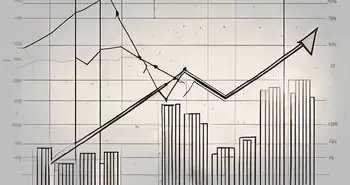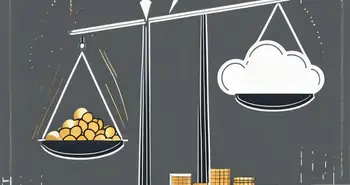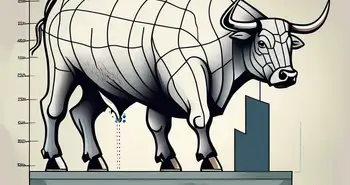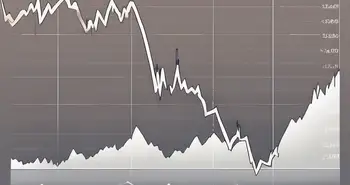Short Covering Explained: How It Triggers Market Rallies
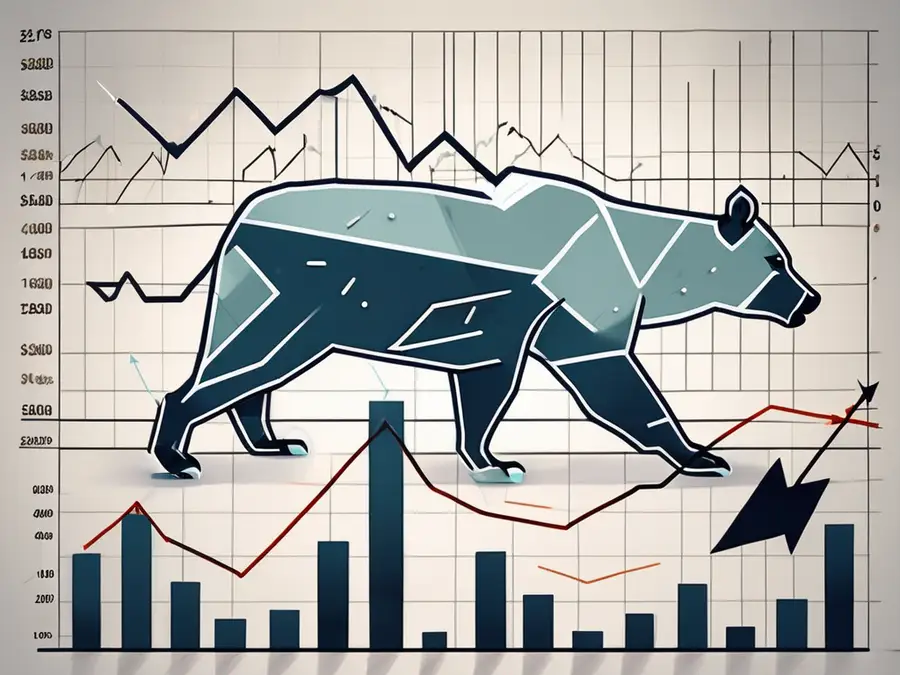
As an investor, the concept of short covering is one that you may encounter frequently, yet its nuances can be elusive. It's not just a mechanism of the stock market; it's a strategy that can shape your investment approach and potentially impact your financial outcome. In this comprehensive guide, we'll explore the ins and outs of short covering, arming you with the knowledge to navigate this complex terrain confidently.
The Basics of Short Covering
Definition and Overview
Short covering occurs when an investor who has previously shorted a stock buys back shares to close their position. It’s essentially the act of covering a short sale. The term arises from the need to “cover” the short position, which was opened by borrowing shares and selling them with the expectation that the price would decline.
This process can create significant movements in stock prices. As the investor buys back shares, demand increases, potentially leading to a price rise. Understanding this process is crucial to grasping its broader impact on the market.
The Role of Short Covering in the Stock Market
Short covering plays a pivotal role in the functioning of the stock market. It acts as a balancing mechanism, helping to stabilize prices when they swing too low. When many investors short a stock and the price unexpectedly rises, those investors may rush to cover their positions, resulting in a rapid price increase commonly referred to as a “short squeeze.”
From my experience, being attentive to the signals of potential short covering can help you make better-informed decisions. Recognizing when a high short interest stock begins to rally can be a key indicator of impending short covering activity.
The Process of Short Covering
How Short Covering Works
The mechanics of short covering are relatively straightforward: once a short seller decides the time is right to exit their position, they purchase shares in the open market. This action is often prompted by a variety of factors such as price movement, news events, or changes in market sentiment.
As these investors buy shares, they contribute to the upward pressure on the stock price. The phenomenon can escalate quickly if multiple investors are caught in a short position, leading to dramatic price fluctuations.
Steps Involved in Short Covering
- Monitor the stock price and market dynamics.
- Identify the right time to cover based on market signals.
- Proceed to buy back the shares—this is often done through a brokerage account.
- Close the short position, effectively “covering” any losses or securing profits.
Each step requires careful consideration and timing. My personal strategy involves setting limits and watching for triggers that indicate when to cover, thus minimizing potential losses.
Risks and Rewards of Short Covering
Potential Profits from Short Covering
While short covering can be fraught with risks, it also offers compelling profit opportunities. If executed successfully, covering at the right time can yield substantial returns. The key is to identify the optimal moment to cut losses or lock in profits.
In one of my past trades, I shorted a tech stock that experienced rapid gains after an unexpected earnings report. Fortunately, I recognized the signs of incoming short covering in the market and decided to exit before the price skyrocketed. It was a learning moment—acting quickly can often make the difference between profit and loss.
Possible Losses and Risks
On the flip side, the risks associated with short covering are considerable. If you decide to cover too late, you could end up suffering significant losses. Theoretically, losses from short selling can be infinite since stock prices can continue to rise indefinitely.
Moreover, volatile stocks can lead to unpredictable movements, which makes timing crucial. Remember, always have a risk management plan in place before you embark on short selling.
Strategies for Short Covering
Timing Your Short Covering
Timing is everything when it comes to short covering. You must be attuned to market conditions and stock movements. Using technical analysis can aid in determining potential reversal points where covering might be most advantageous.
In my trading experience, I often look for signs of momentum shift, such as bullish reversals or technical indicators like moving averages. These tools can provide guidance in pinpointing the right moment to cover.
Analyzing Market Trends for Short Covering
Keeping an eye on broader market trends is also essential. Economic indicators, sector performance, and overall market sentiment can greatly influence the stocks you might want to short-cover.
Use resources like stock screeners and market analysis reports to stay on top of potential moves. It also helps to follow analyst reports and market news, which can give insight into short interest levels and impending coverage.
The Impact of Short Covering on Market Dynamics
Short Squeezes and Their Effects
One of the most dramatic outcomes of short covering is the phenomenon known as a “short squeeze.” This occurs when a heavily shorted stock begins to rise rapidly, forcing short sellers to cover their positions at increasingly higher prices, which further accelerates the rise.
Such events can lead to significant volatility and can change the dynamics of an entire market sector. Recognizing the potential for a short squeeze can help informed traders capitalize on impending price movements.
Market Volatility and Short Covering
Short covering can contribute to market volatility, particularly in stocks that are already experiencing wide price swings. As more investors cover their shorts, sudden movements can create instability, affecting not just individual stocks but entire markets.
Therefore, it's crucial to approach this strategy with caution and awareness of the underlying market conditions. My experience highlights the importance of having a solid understanding of both the micro and macroeconomic forces at play.
FAQ
What is short covering?
Short covering is the process through which an investor buys back shares to close out a previously established short position.
Why is short covering important in the stock market?
Short covering helps maintain balance in the market by alleviating downward pressure on stock prices, especially during a short squeeze.
What strategies can I use for effective short covering?
Focus on timing, market trends, and technical indicators to determine the best moment to cover your short positions. Always have a robust risk management strategy in place.
What are the risks associated with short covering?
The primary risk of short covering is experiencing significant losses if the stock price rises beyond expectations. Timing plays a crucial role in minimizing these risks.
How can market trends affect short covering decisions?
Market trends can significantly influence your decision to cover a short position, as changing dynamics can contribute to either an opportunity for profit or a risk of loss.
By understanding the complexities of short covering, you are better equipped to make strategic decisions that align with your investment goals. As an investor, embracing knowledge and experience in this area can yield fruitful outcomes and bolster your overall market strategy.
Now that you're equipped with the knowledge of short covering and its strategic importance in the stock market, take your trading to the next level with Morpher. Experience the future of investing on a platform that offers zero fees, infinite liquidity, and the ability to short sell across a multitude of markets without interest fees. With Morpher, you can start investing with as little as $1 and enjoy the safety of a non-custodial wallet, up to 10x leverage, and a unique trading experience on the Ethereum Blockchain. Sign Up and Get Your Free Sign Up Bonus today to transform your investment journey with Morpher.

Disclaimer: All investments involve risk, and the past performance of a security, industry, sector, market, financial product, trading strategy, or individual’s trading does not guarantee future results or returns. Investors are fully responsible for any investment decisions they make. Such decisions should be based solely on an evaluation of their financial circumstances, investment objectives, risk tolerance, and liquidity needs. This post does not constitute investment advice.

Painless trading for everyone
Hundreds of markets all in one place - Apple, Bitcoin, Gold, Watches, NFTs, Sneakers and so much more.

Painless trading for everyone
Hundreds of markets all in one place - Apple, Bitcoin, Gold, Watches, NFTs, Sneakers and so much more.

